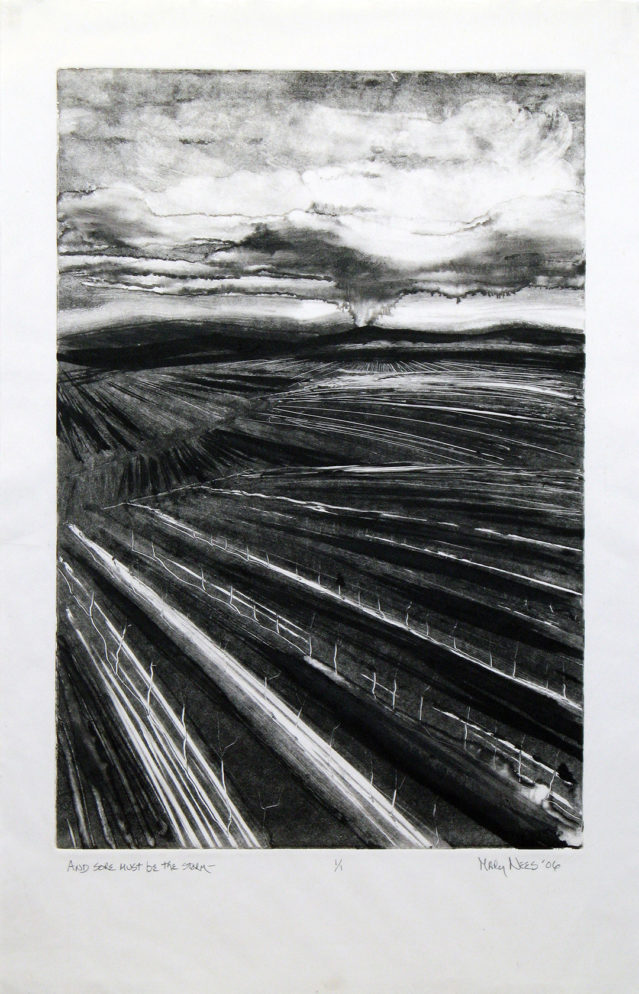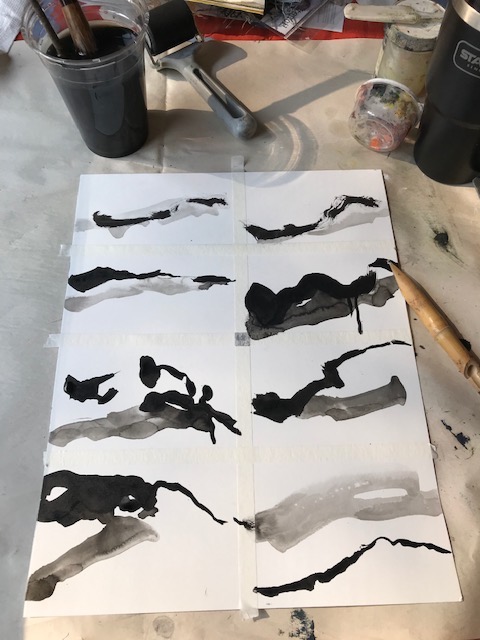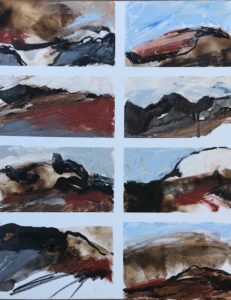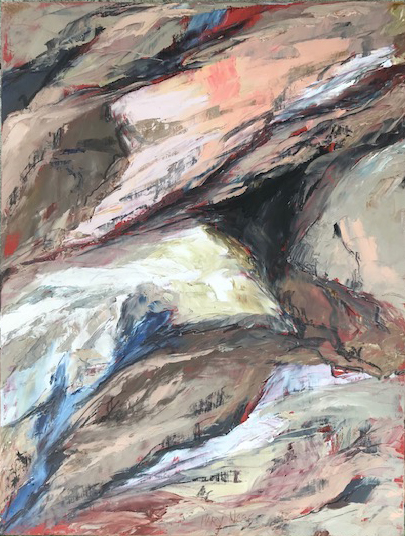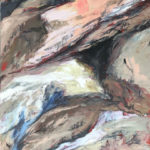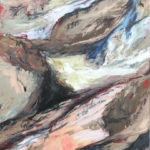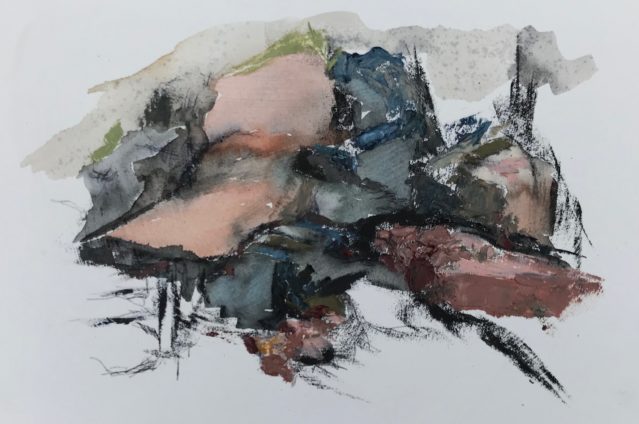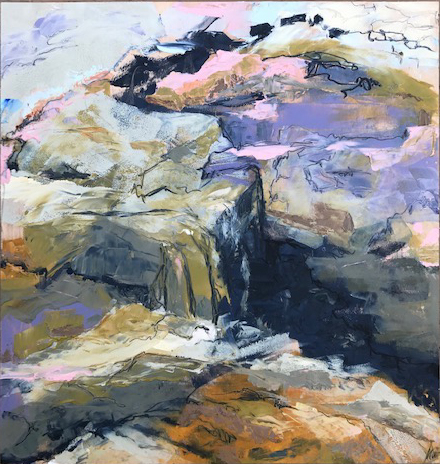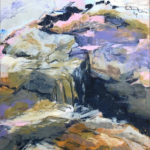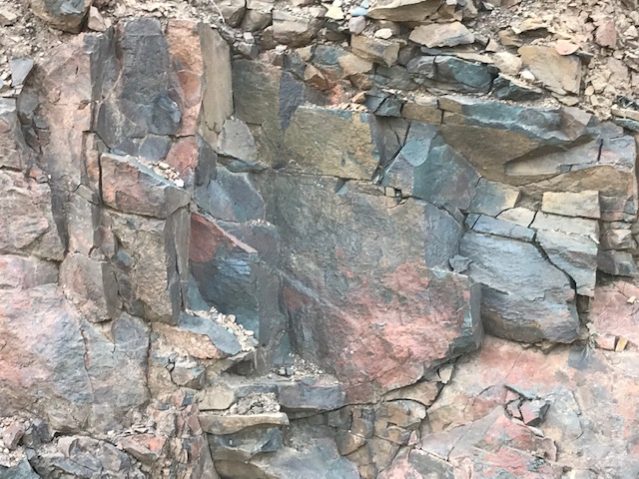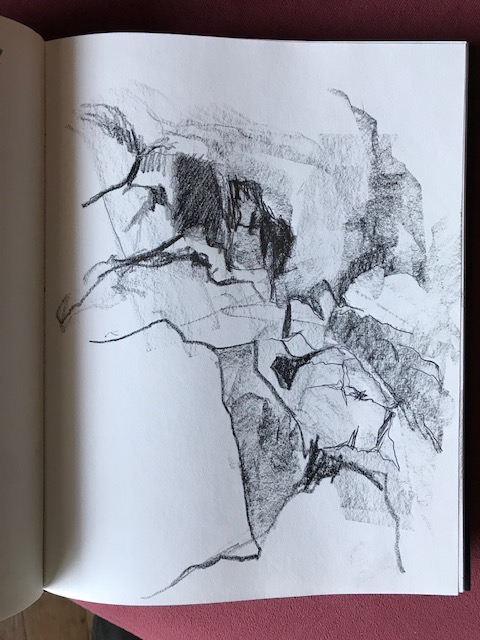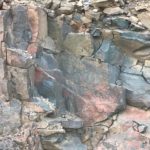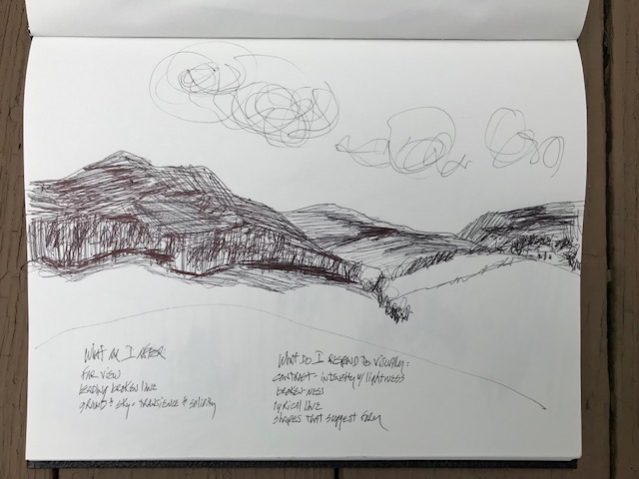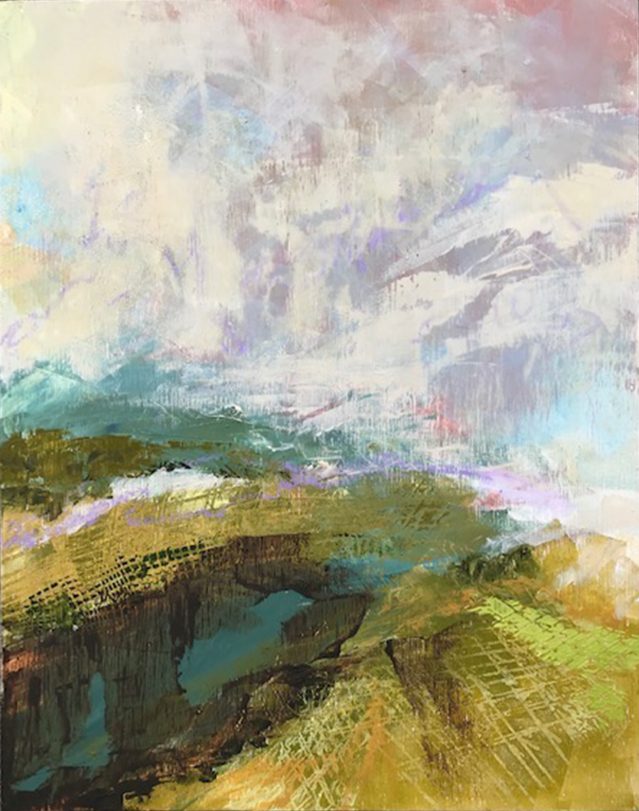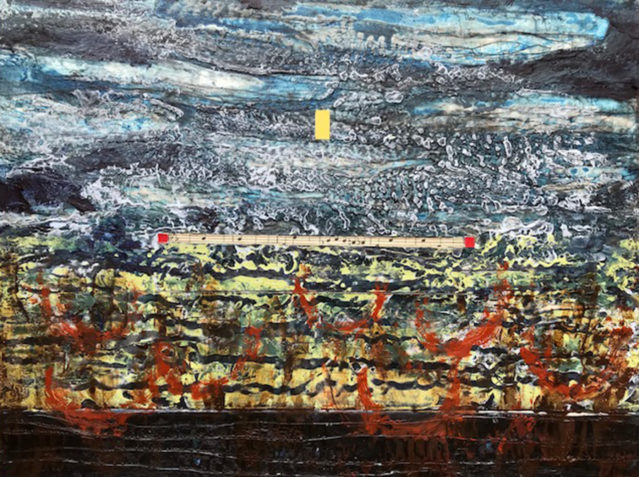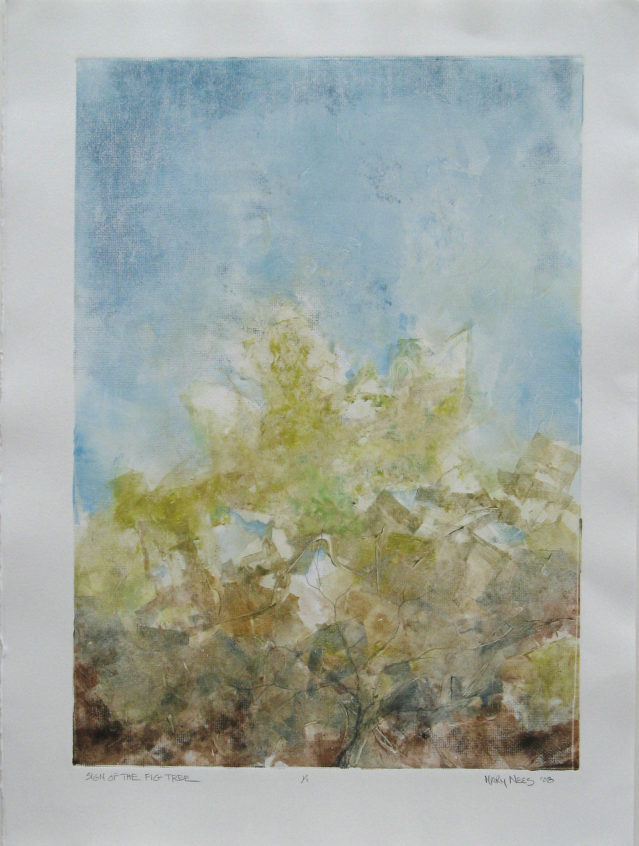Often, I am on some kind of necessary lookout, like being a watchman.
When entering any new space, the first thing I need to see is the view through the windows and beyond the confining walls. Since I was young, the wonders in landscape have drawn my eyes outward, peering horizons. In later years, the perplexities in living have moved me to abstracting what I’m seeing and thinking. An artist I’ve encountered named Ali says on his Instagram bio that “as the world becomes more scary, art becomes more abstract”. You can see the same in the trajectory of Art History. What interests me is better expressed in simplified gesture than any ‘perfected’ semblance can communicate. This is true in all my work, no matter the media. Poetry gets closer than prose.
Just yesterday I got notice that a monotype I made in 2006 got accepted into a national juried show in Cincinnati. This museum quality gallery, called Manifest, allows earlier work submissions, saying “we do not believe great art has an expiration date. Furthermore we believe that older work gains new meaning when contextualized in a new space alongside different works by different artists. Why should an exceptional work of art cease being experienced by the public once it is just a few years old? In fact, why should it ever stop being experienced? While most work submitted to our exhibits has been made within the past five years or so, sometimes works are submitted (and accepted) that are older.”

Fortunately for me, this older piece fit their current theme nicely and got selected into a small grouping of 24 pieces out of 421 entries.
My monotype, from 2006, was made with ink and solvent painted on a sheet of Plexiglas. Rice paper was then carefully placed on top of the inked Plexi, blanketed and cranked through the pressure of a flat bed etching press. The result once the paper was peeled off the plate was a reverse image from what I had laid down. It’s a landscape, obviously, but it is also abstracted and constructed with mood even in a single color. The added element of surprise as to what the press would do to the ink, and how the composition would read in reverse was part of the risk. It was a look-out moment. The drama of the result reminded me of a favorite poem by Emily Dickinson:
“Hope” is the thing with feathers—
That perches in the soul—
And sings the tune without the words—
And never stops—at all—
And sweetest—in the Gale—is heard—
And sore must be the storm—
That could abash the little Bird
That kept so many warm—
I’ve heard it in the chillest land—
And on the strangest Sea—
Yet, never, in Extremity,
It asked a crumb—of Me.
